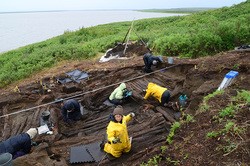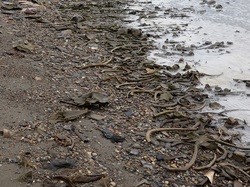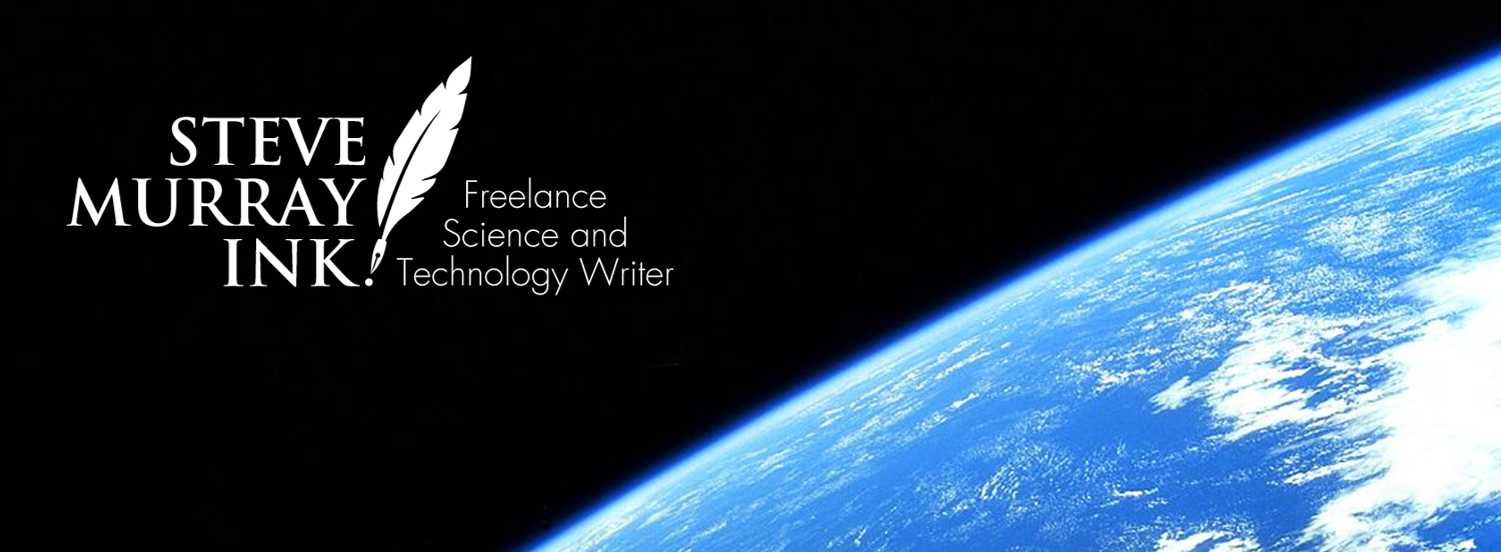June 20, 2015 by Steve Murray
Defrosted Digs – Archaeology in a Time of Climate Change

Excavation of the Kuukpak sod house
(Max Friesen)
Climate change doesn’t offer much that’s positive, but a small gift to science may be the archaeological artifacts that are exposed when ice melts. Dwellings, tools, and human remains, undisturbed for thousands of years, are suddenly accessible to study. Ötzi the Iceman was a prime example, found after 5,300 years when hikers stumbled on his body in a glacial gully of the Ötztal Alps. Such finds are valuable glimpses into ancient worlds.
Sites that are discovered because of a warming earth, however, come with a scientific expiration date. Once exposed to the elements, these finds can deteriorate or scatter, pushing archaeologists to work fast to study and preserve them before they’re gone.
Thawing out the past
Ice archaeology has been particularly productive in Canada’s Northwest and Yukon Territories. These areas are covered in permafrost, ground that stays frozen deep below the surface almost year round. Even in the summer, only the “active layer” (the top few inches or feet of ground) actually thaws. Any artifacts buried in frozen earth are also frozen in time, but warmer temperatures mean deeper thawing and longer seasons where the ground is soft.
Artifacts have been turning up in the warming earth for the past few decades, resulting in important new discoveries. In1997, hunters found a 4,300 year old dart shaft in the thawing patch ice of the southern Yukon. Since that time, archaeologists have uncovered over 200 ancient hunting items, including weapons and tools dating back over 2,000 years. The oldest artifact found this way dates back more than 9,000 years.
Transient opportunities
Unfortunately, the pace of permafrost melting isn’t slowing. More relics exposed to sun and air means more relics left to rot in the acidic soil. Shoreline erosion and rising sea levels from climate change also work to wash away whatever is exposed. When a new site is revealed, the clock starts ticking. Archaeologists are rushing to prioritize what they can save with limited resources before these discoveries are gone. Many are trying to monitor promising ice fields, ready to retrieve and preserve whatever the melting ice reveals.
An active excavation in the Mackenzie Delta area of the Northern Territories is the ancient village of Kuukpak. Dr. Max Friesen, a professor and archaeologist at the University of Toronto, is examining the site.
The first fully uncovered cruciform pit sod house, occupied by people in the 1400s, has been found at Kuukpak and, because of local climate conditions, there’s a sense of urgency to the work. According to Dr. Friesen, the region contains some of the most important Inuit archaeological sites in the country. It’s also the fastest sinking arctic coastline in Canada.

Beluga whale bones from eroded sod houses (Max Friesen)
“As you walk along the beach,” said Dr. Friesen, “you can actually see all the artifacts, animal bones, and even pieces of houses that are slumping down the slope and will eventually wash out into the ocean.” And large artifacts like a sod house can’t be preserved in place or moved somewhere else for study.
Some areas of the coast are receding so rapidly that an area the size of an average Inuit village could be lost in a decade. For a multi-year excavation program like Kuukpak, that’s enough time to lose an entire site, its artifacts, and the irreplaceable information it contained.
“It’s horrible,” remarked Dr. Friesen. “There are huge sites in the north of Alaska that are as bad as these ones or worse.” Although the rate of permafrost thawing isn’t known for certain in Canada, an Alaska study found that almost every site in that state would be thawed by 2100.
Saving what can be saved
Time and resources force difficult decisions. If physical artifacts must be sacrificed, scientists can at least preserve their form for later study with digital models.
“The idea is to get the best digitally mapped version [of the house] as we can and preserve the information, but not the house itself,” said Dr. Friesen.
Regardless of the scanning methods employed – and archaeologists have a robust toolbox – researchers are confronting the transient nature of their ice-preserved finds. A warming climate has helped archaeologists by revealing rare, well-preserved examples of ancient lives. Climate, however, holds to its own timetable and what it gives to science it can also take away.
Primary source: The Great Arctic Thaw is Seriously Worrying Archaeologists
